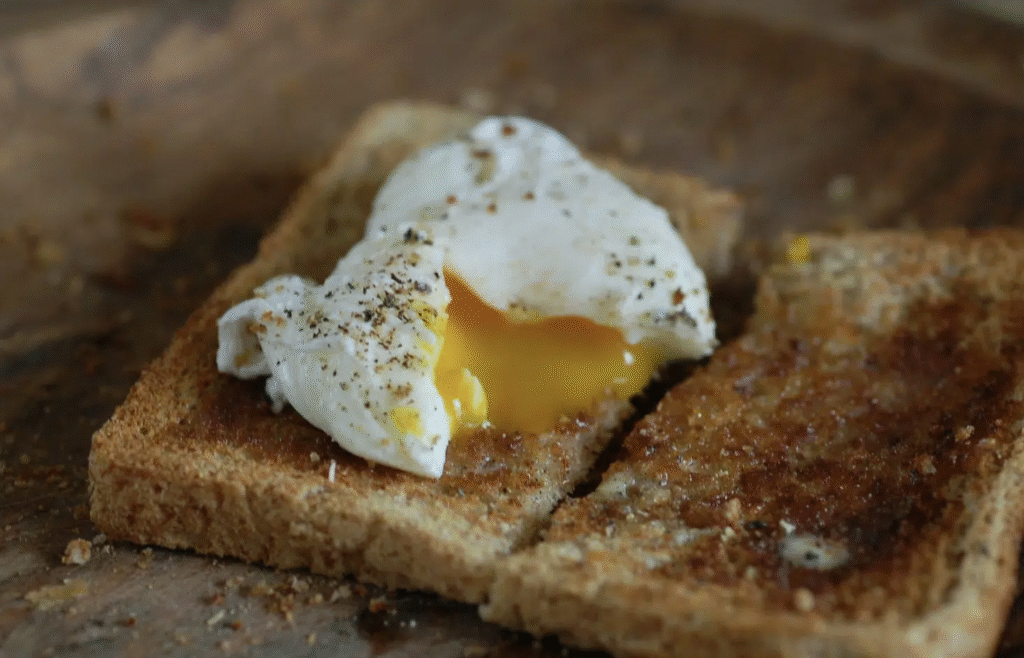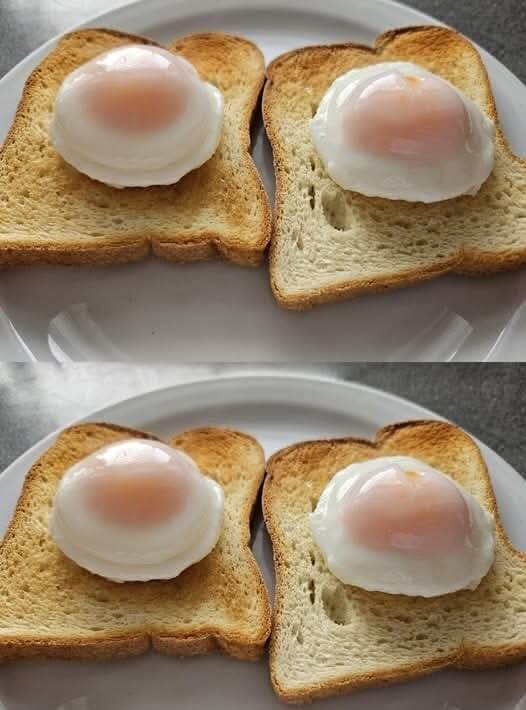Poached eggs seem simple—just an egg cooked in water, right? My kids go crazy for them. But if you’ve ever tried making them and ended up with a broken yolk or stringy whites, you know they require a bit of finesse. I used to think perfectly poached eggs were only for professional chefs, but that’s not true. My early attempts were disasters—yolks broke, whites spread everywhere, and I ended up with something resembling egg soup. After some trial and error, I discovered a foolproof method—no fancy gadgets or unnecessary tricks required. Follow this guide, and your eggs will turn out perfectly every time.
What Makes a Perfect Poached Egg?
A perfectly poached egg has a silky, firm white that neatly wraps around a runny yolk. When cut into, the yolk should flow luxuriously, and the egg should hold a smooth, compact shape—not look like a wrinkled handkerchief in the water. With the right technique, it’s easier than it sounds.

What You’ll Need
- Fresh eggs
- Medium or large saucepan
- Fine mesh strainer (optional but helpful)
- Spoon to handle eggs gently
- Small bowl to crack eggs into
No vinegar, no swirling tricks—just fresh eggs and proper technique.
Step-by-Step Guide
Step 1: Heat the Water
Fill a saucepan with about three inches of water and bring it to a gentle simmer. Tiny bubbles should rise to the surface, not a rolling boil. Too hot, and the egg will fall apart; too cold, and it won’t cook properly.
Step 2: Crack the Egg into a Bowl
Crack the egg into a small bowl first instead of directly into the water. This allows you to gently slide it in without breaking the yolk.
Step 3: Strain the Egg
Strain the egg through a fine mesh strainer for a few seconds. This removes the watery part of the white that usually creates those wispy strands, leaving a firmer white that holds its shape.
Step 4: Gently Add the Egg to the Water
Carefully slide the egg into the simmering water. You don’t need to swirl the water—the strained egg will naturally stay together.
Step 5: Let It Cook
Leave the egg alone for three to four minutes. The whites should be fully set, and the yolk still soft. For a firmer yolk, cook for an additional minute.
Step 6: Remove and Drain
Use a slotted spoon to lift the egg gently from the water. Let it drain briefly on a paper towel or clean dish towel to remove excess water.
Step 7: Serve and Enjoy
Poached eggs are best eaten immediately. Serve on toast, avocado, or a salad. Sprinkle with salt and pepper and enjoy that glorious, runny yolk.

Troubleshooting Common Problems
- Stringy whites: Use fresh eggs and strain before poaching.
- Rubbery eggs: Don’t overcook—three to four minutes is ideal.
- Egg sticks to the bottom: Use a deeper pot with more water to prevent sticking.
Bonus Tips for Perfect Eggs
- Use the freshest eggs possible—older eggs have looser whites.
- Poach one egg at a time to prevent sticking.
- Drain on a paper towel to avoid soggy toast.
- For batches, use an ice bath and reheat briefly in warm water before serving.
Poached eggs may seem intimidating at first, but with this method, they’re easy to master. They add a touch of elegance to breakfast and are healthier than fried eggs since no oil or butter is needed. With fresh eggs, a gentle simmer, and a little patience, you’ll be enjoying perfect poached eggs every time.
